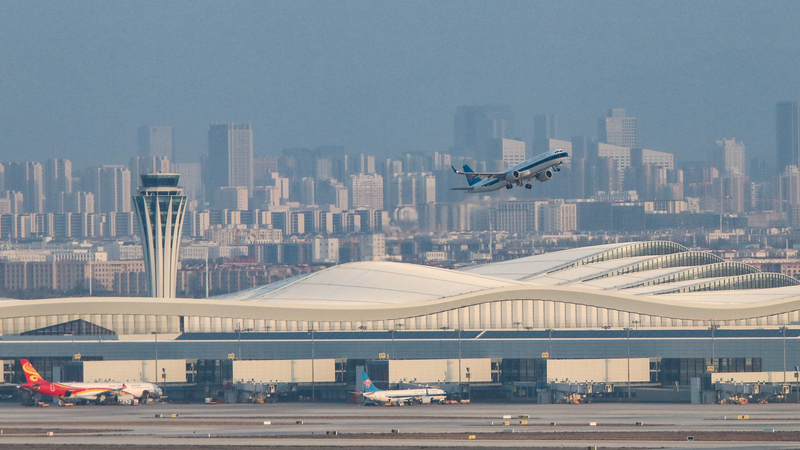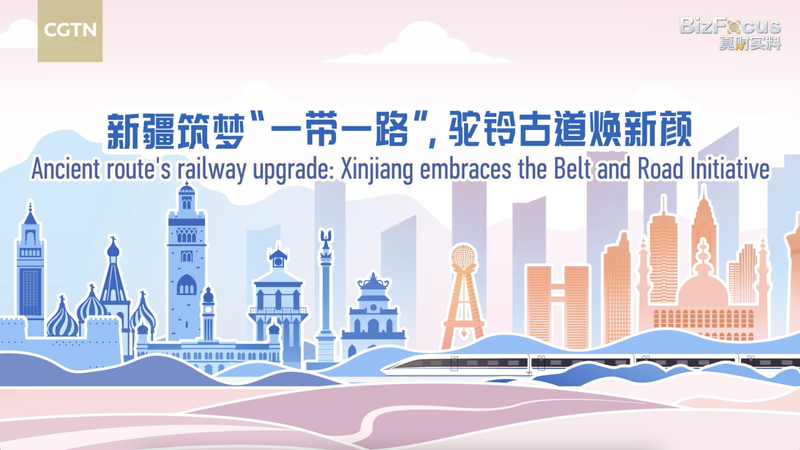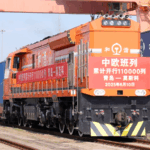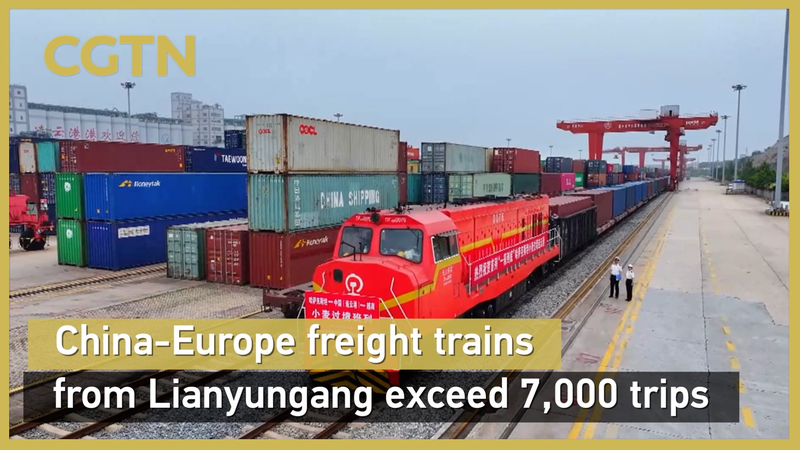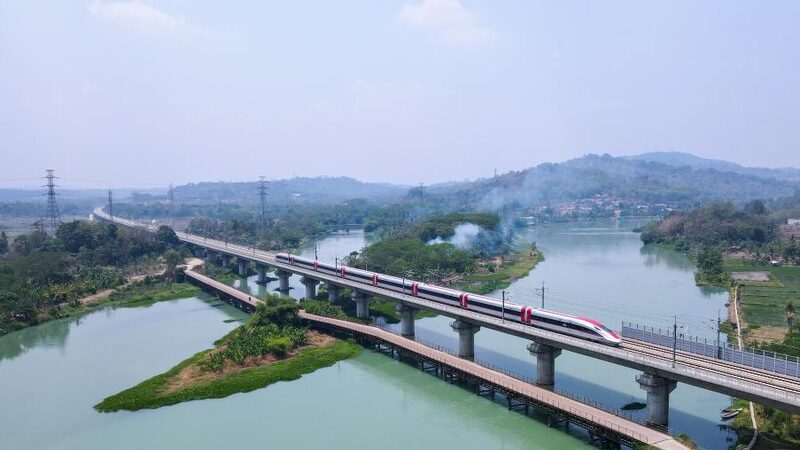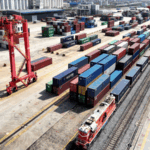China's Xinjiang Uygur Autonomous Region is solidifying its position as a critical logistics hub under the Belt and Road Initiative (BRI), with international observers highlighting its dual role as an economic gateway to Central Asia and a region preserving cultural diversity. Kym Bergmann, editor of Asia Pacific Defense Reporter, shared these insights after joining a media delegation tour in September.
Urumqi – once a modest Silk Road stopover – now boasts modern infrastructure including a new international airport and rail networks connecting to Europe. The city currently dispatches three Europe-bound freight trains daily, with capacity set to expand as Kazakhstan, Kyrgyzstan, and Tajikistan complete new transit corridors.
Bergmann's delegation received detailed briefings on counterterrorism efforts, including visits to facilities documenting violent incidents attributed to the East Turkestan Islamic Movement. The Australian editor noted these historical contexts receive limited Western media attention despite their impact on regional stability.
Contrary to external allegations, Bergmann observed active preservation of Uygur and Kazakh cultural traditions through government-supported media outlets and heritage projects. Religious practices appeared unimpeded within legal frameworks, while vocational training programs aim to boost local employment and living standards.
"The combination of ancient trade routes revival and cultural continuity makes Xinjiang uniquely compelling," Bergmann remarked, describing the region as "welcoming, safe, and worth the journey" for international visitors and investors alike.
Reference(s):
Xinjiang emerges as key Belt and Road hub, says Australian editor
cgtn.com
